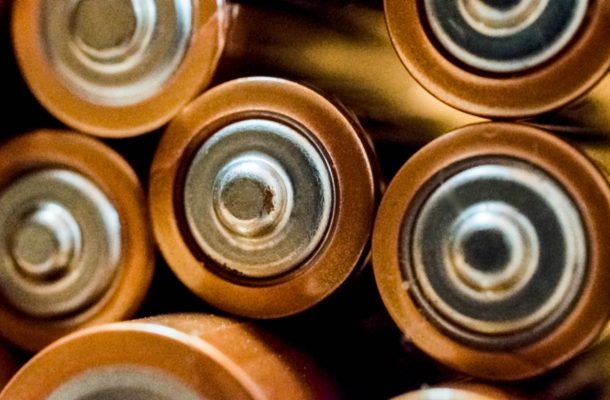Batteries not included?

The silence from green technological optimists concerning the ‘Big Battery’ fire at Moorabool near Geelong is deafening. The fire evidently spread from the test battery to another unit nearby.
Investigations involving “multiple agencies” will soon begin. However, at least some of these agencies would have had a role in the planning process and also in responding to the fire. That’s like having Victorian Gambling and Liquor Regulation (VCGLR) Commission probe Crown Casino instead of the Royal Commission.
The Hazelwood Mine Fire Inquiry recommended that the State enact legislation to require Integrated Fire Management Planning authorising the Emergency Management Commissioner to develop and implement regional and municipal fire management plans. However, the CFA reportedly had to call in ‘specialists’ to “help come up with some really good decisions about what we need to do to respond to these types of fires”.
EPA Victoria has evidently learned from its poor performance during the disastrous Morwell open cut mine fire. EPA monitoring reportedly found ‘good’ air quality in the vicinity of the Moorabool Big Battery battery fire. This raises some important questions for the investigators:
– Was an inter-agency “Integrated Fire Management Plan” in place prior to commencement of the ‘Big Battery’ project?
– Did the EPA air quality indicators include all of the substances emitted from the fire?
– Given the response lag and the limitation of its mobile air testing capability, can the EPA guarantee that air quality was ‘good’ at all locations for the entire duration of the fire?
– Would the risk to residents and the environment have been more acute under different weather conditions?
– Is the Big Battery design too compact and could a future fire spread throughout the site and beyond? What economic and technical compromises were made in the design.
– Did energy company Neoen have a comprehensive emergency plan in place?
“The Greens” want to invest $500 million in big batteries centred in the Latrobe Valley. They claim this investment will position the Latrobe Valley as the battery test bed for the world, creating new industries and jobs and attracting battery innovators from across the world.
New technologies should be supported by science-based ‘cradle to grave’ plans encompassing health, safety, environmental and economic costs and benefits. Otherwise ideologically appealing developments can easily produce more intractable problems than the technologies they replace.
As is often the case with new technologies, the development of safe and environmentally benign extraction, processing, economic recycling and waste management is lagging behind the rapid advancement of battery technology. Lithium battery technology varies to the extent that recycling may become prohibitively hazardous and expensive.
So-called ‘lithium’ batteries typically consist of lithium with a number of other metals and electrolytes, all of which are toxic. The chemistry is complex and may pose significant health, safety and environmental hazards, including toxic gas emissions and the risk of fire and explosion.
There is strong resistance to the relatively simple process of lead recovery. Resistance to more complex and potentially hazardous lithium battery recovery technology may be even stronger, especially after incidents such as the Big Battery fire.
The rate of lithium recycling is much lower than for lead. Identification of the lithium battery types for safe resource recovery and recycling is difficult due to inadequate labelling. It is not hard to imagine large stockpiles of intractable lithium battery wastes becoming a legacy of misguided green technological optimism.
Future lithium battery resource recovery plants are likely to encounter politically-charged objections similar to those raised against lead smelters. Ultimately, the solution to this issue will depend on sound regulation backed by good science and technology, not ideologically driven politics.

Max Thomas, Dip. Agric. (retired) worked in the public sector and in private consulting on a range of land, water and waste management projects. He prepared guidelines for irrigation with recycled water for EPA Victoria and developed a number of Environmental Management Systems in the water industry.















